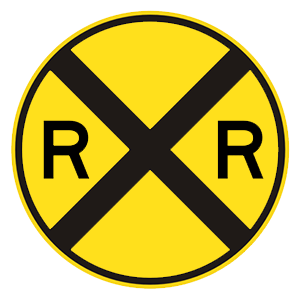2025 Kentucky Permit Test 7
The following questions are from real DMV written tests. These are some of the actual permit questions you will face in Kentucky. Each permit practice test question has three answer choices. Select one answer for each question and select "grade this section." You can find this button at the bottom of the drivers license quiz. For a complete list of questions and answers for Kentucky please visit https://cheat-sheets.dmv-written-test.com/en/kentucky/car.
Number of Tests
Number of Question
Passing Score
25. When leaving a parking space that is parallel to the side of the road, you should:
Explanation
If you are parked parallel on the right-hand side of the street, turn on your left turn signal and look over your left shoulder before moving back into traffic. If you are parked parallel on the left-hand side of a one-way street, turn on your right turn signal and look over your right shoulder before moving back into traffic.
26. Slowing down just to look at collisions or anything else out-of-the-ordinary:
Explanation
Avoid "rubbernecking," or slowing down to look at collisions or anything else out-of-the-ordinary. This helps to relieve traffic congestion.
27. Which of the following statements about blind spots is true?
Explanation
Blind spots are areas that a driver cannot see if they look in their mirrors. Large trucks have large blind spots that drivers of other vehicles should avoid.
28. When approaching an intersection controlled by a flashing yellow light, you must:
Explanation
A traffic signal displaying a flashing yellow light indicates that you should be alert and proceed with caution. Slow down when approaching a flashing yellow traffic signal.
29. When you see this sign, you:

Explanation
This sign indicates that you are approaching a railroad crossing. You must look, listen, slow down, and prepare to stop. Wait for any trains to pass before you proceed.
30. At an intersection with a yield sign, you:
Explanation
When approaching a yield sign, drivers must give the right-of-way to traffic already in the lanes that they intend to enter or cross. Drivers should be prepared to stop when approaching a yield sign but may continue without stopping if there is no conflicting traffic.
31. If you are driving and a tire suddenly goes flat, you should:
Explanation
If a tire blows out or suddenly goes flat while you are driving, grip the steering wheel firmly and keep the vehicle aiming straight. Take your foot off the accelerator and do not brake. Allow the vehicle to slow by itself and use the brakes gently, but only if necessary. Pull off the road when it is safe to do so.
32. When approaching a curve in the road, you should reduce your speed:
Explanation
